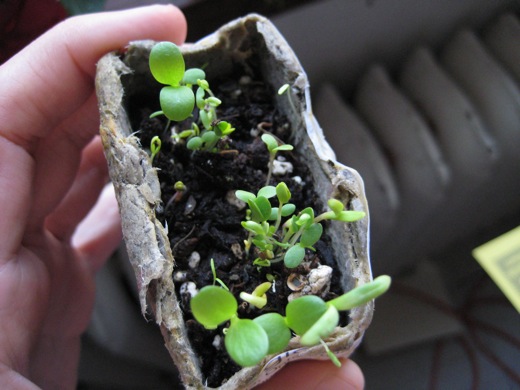
Continuing with the magnetic planters research, the wild flower seeds have begun to sprout and the development of the planter itself continues. Its strength has held up pretty well, but there are some issues with the wheat paste. So still some work to do, but there’s lots of documentation of the progress so far.
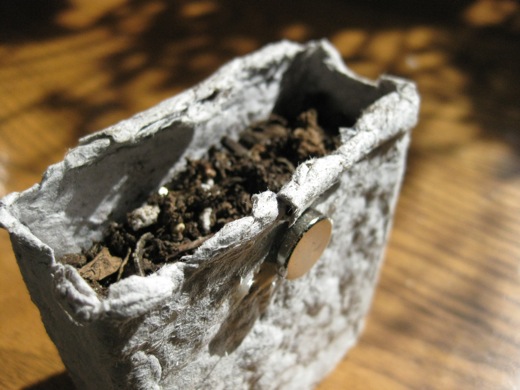
This was the first step after the planter dried out. We glued a rare earth magnet to the planter using some epoxy. We also added the seeds and soil to the planter.
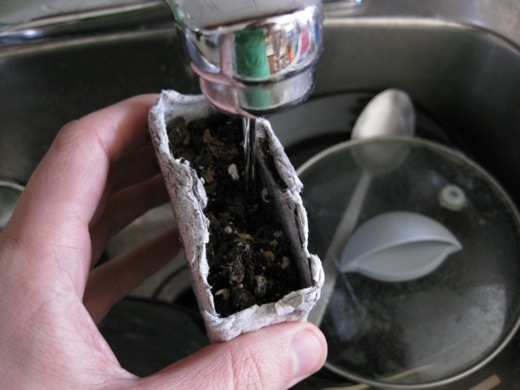
Next was adding water to test the durability and to get the seeds germinating.
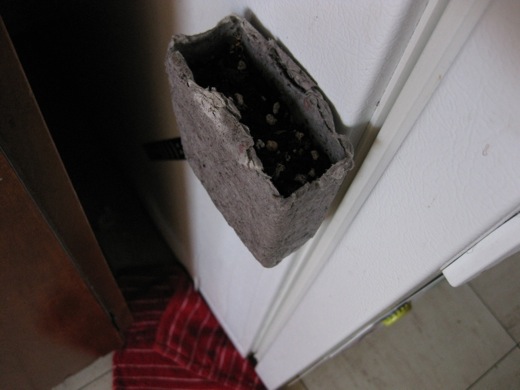
With the weight of the wet soil and the magnet right against the fridge, the planter kind of continually slid.
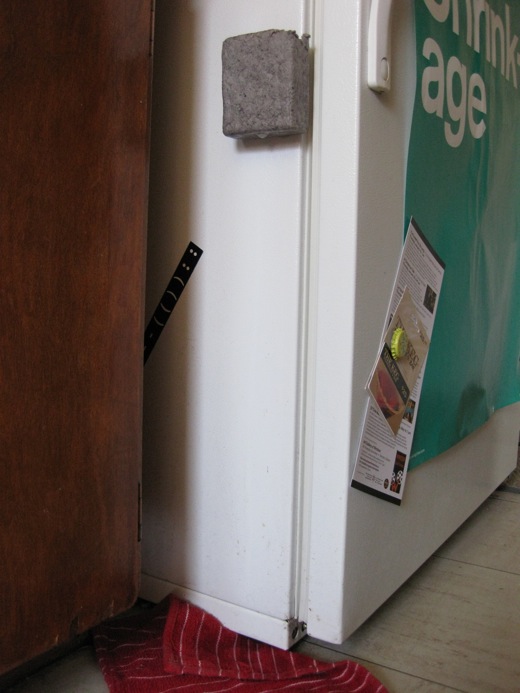
The planter dripped water out of the bottom and the planter itself became pretty flexible again.
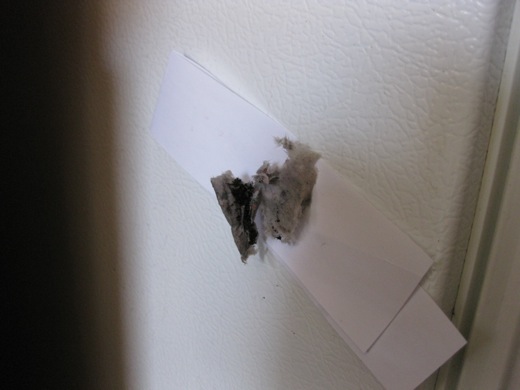
Eventually, the magnet held up, but the planter itself essentially came off. I put some paper behind the magnet to try to give it some extra grip against the fridge.
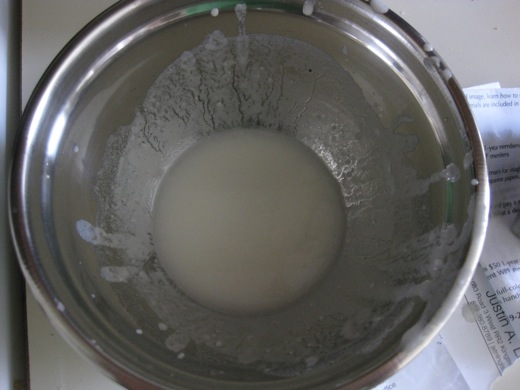
So, we tried wheat paste again.
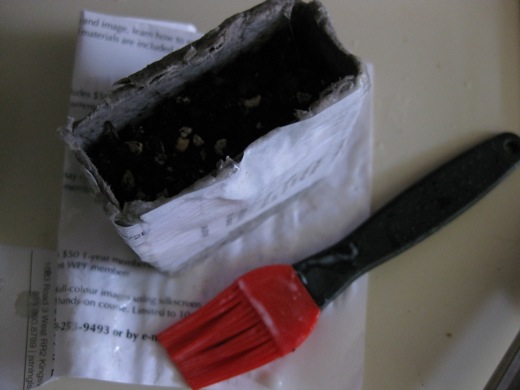
Wheat pasting the planter.
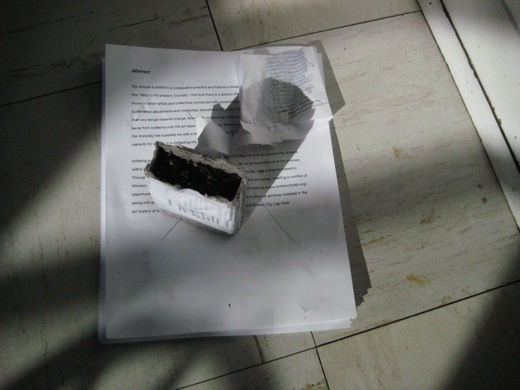
The little bit of sun that was out helped to dry the wheat paste.
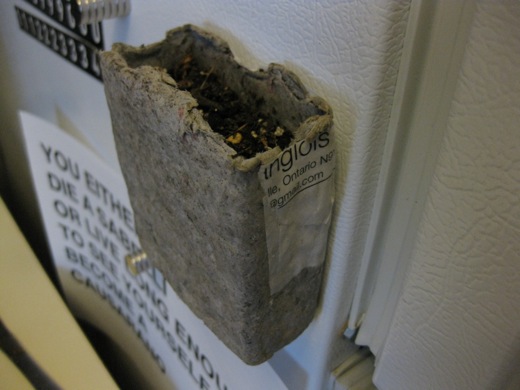
The next day, with the planter dried out a bit more, though still tacky. The wheat paste didn’t dry as quickly as normal, given the moisture from the soil.
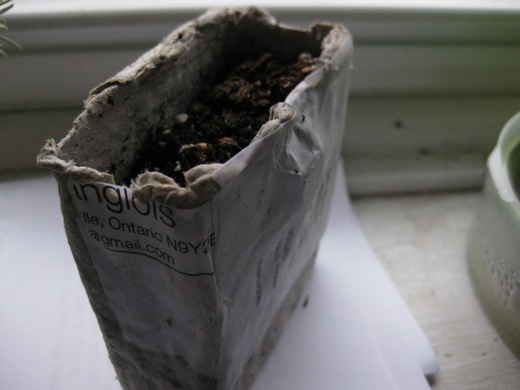
Eventually though, after some more time in the sun, the wheat pasted paper dried, the magnet itself was embedded under 3 or 4 layers of paper.
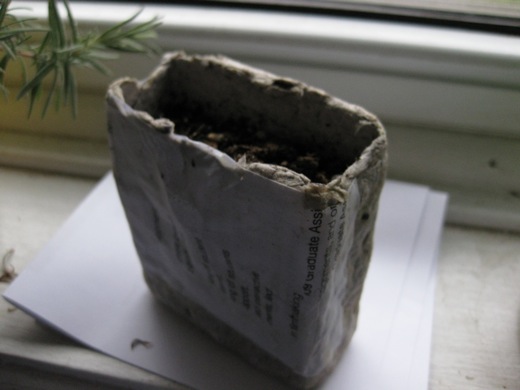
The planter fairly dried out.
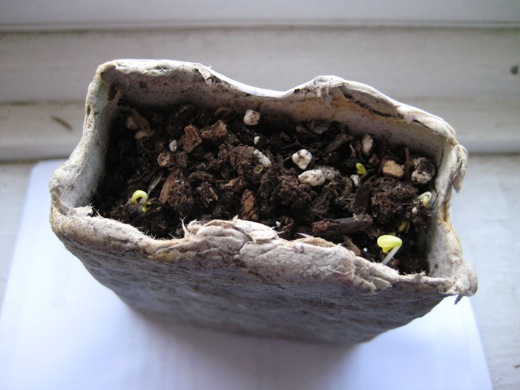
Adding a bit of water everyday and the seeds begin to sprout.
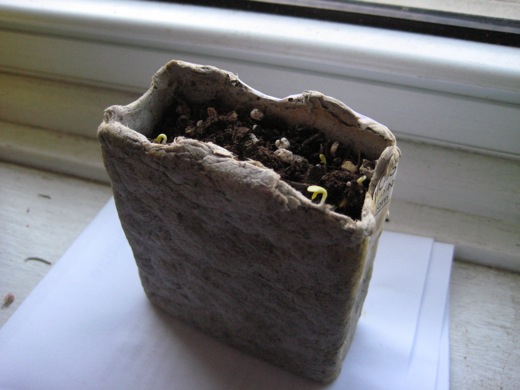
I kept the planter in the sun to coax the beginnings of these wild flowers, but also to attempt to keep the planter fairly dry.
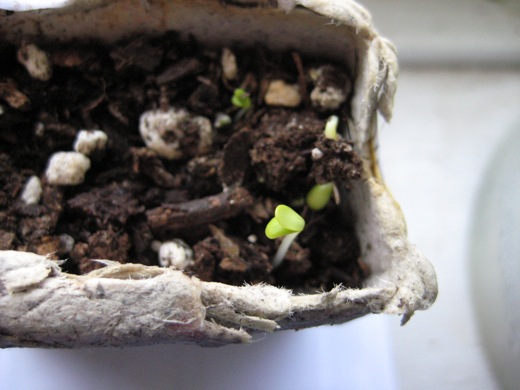
The wild flowers coming up.
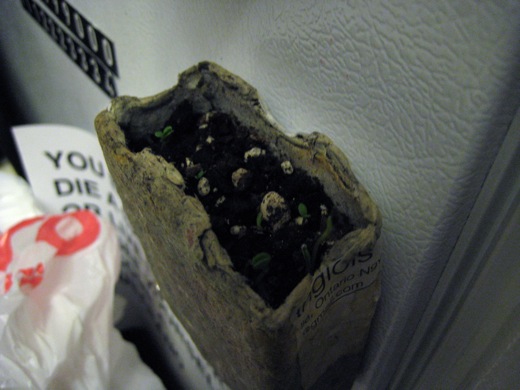
Back on the fridge, adding some more water twice a day, more sprouts were coming up. However, the planter doesn’t seem to be in such good shape. The watering and then drying out keeps the wheat paste from drying out, and makes the entire planter temporarily weaker.
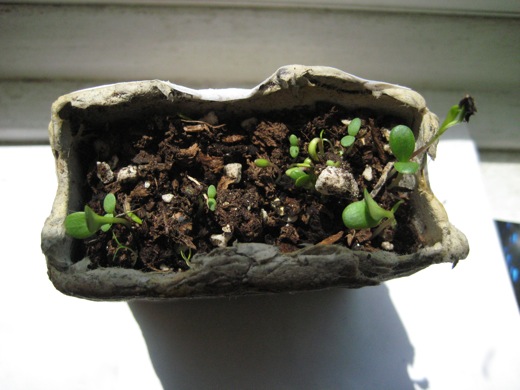
More time in the sun and more sprouts.
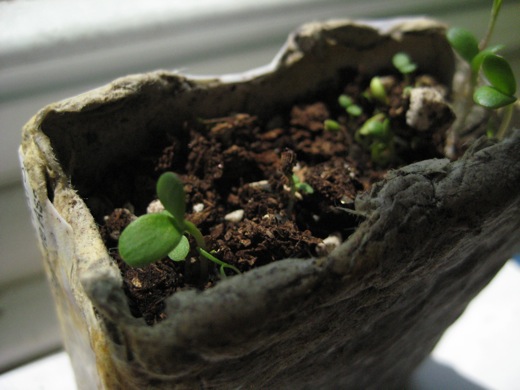
The planter isn’t doing as well as the sprouts though.
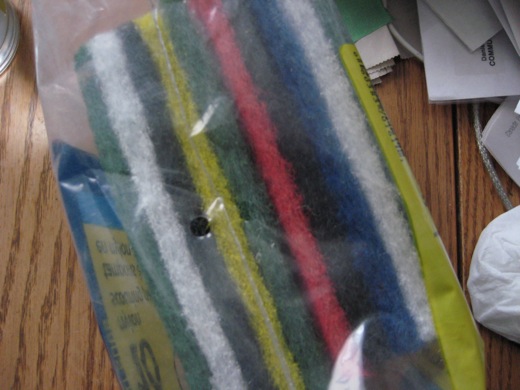
We picked up some more sponge pads that we’ll use instead of screens. These are cheap and easy and since we don’t need to make full sheets of paper, these work just fine.
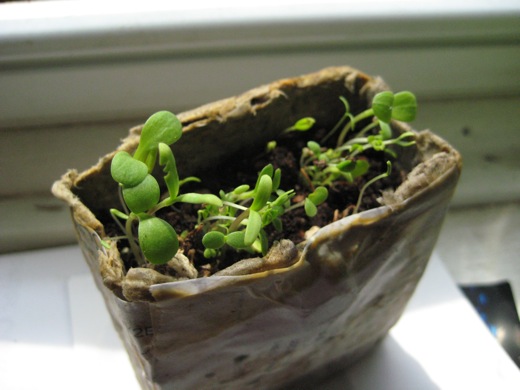
Lots of sprouts now!
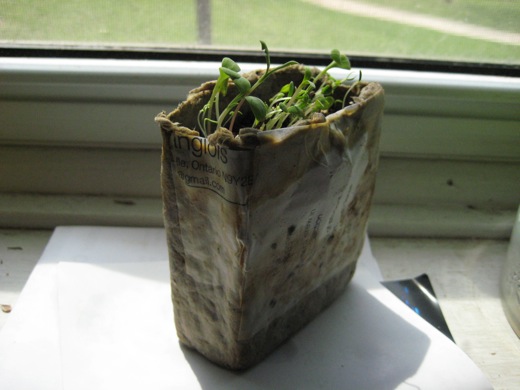
But, there’s mould from the wheat paste on the planter because of the amount of watering for the flowers.
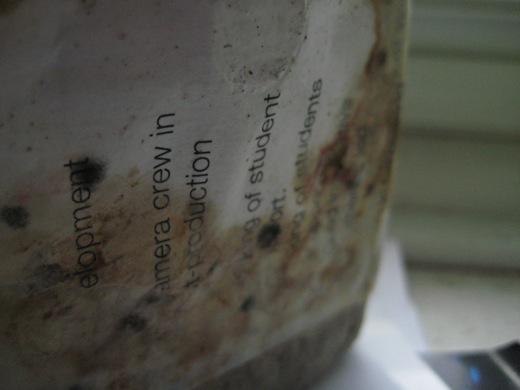
However, there’s a solution. Doing a bit of research, it looks like adding salt to the wheat paste will help. Or, maybe just watering down some white glue to add the exterior paper, embedding the magnet. Even if we tried to add the magnet to the newspaper pulp, I suspect we’d still need to add the exterior paper. So, we’ll see, more to do this coming Tuesday at Office Hours.
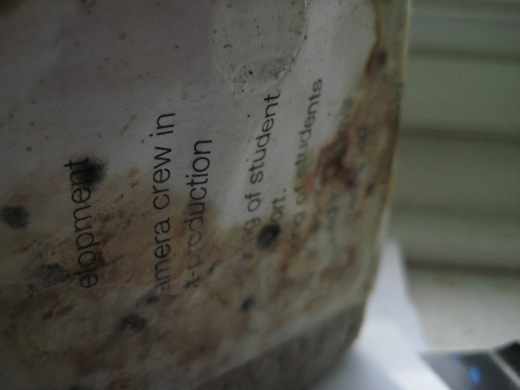
mould loves paper too, especially once heat and humidity come along. so it’s going to be hard to work with the paper.
we’ll see… I don’t think mould is a huge issue, considering these are going to be out in the open, and I think there’s probably a level of failure built into them. It may be worth using glue and water instead of flour.
Also, if we get a better order of how to do this, it should avoid mould.
If we make the planter, let it dry out, add the soil and seeds, first major water, let it dry out, then add the magnet and paper to hold the magnet in, I think it’ll be better.
I’m not totally ready to give up on the paper yet… but we’ll definitely brainstorm some more on Tuesday.
i just remember from leesa’s storage space getting flooded then the heat and anything with paper got attacked with mould. i keep thinking of using another product like peat, or even coating the inside of the planter with elmers glue or some other water type barrier.
Lining the inside of the planter is a good idea!!!!
Would glue be a good candidate? That’s probably the most readily available thing I can think of…
i was thinking i would just use this stuff i put on my boots in the winter called nikwax, it’s made mostly of wax, which could waterproof the inside of the paper container. and it’s natural
i can bring some to the meeting on tuesday.
Great, let’s try it!
Have you ever used Modge Podge (is that stuff water proof too)?
haven’t tried it, but this stuff stays flexible which might be handy.
http://www.nikwax.com/en-us/how_nikwax_works/introduction.php
in theory, that description means the paper should dry out too and breathe.